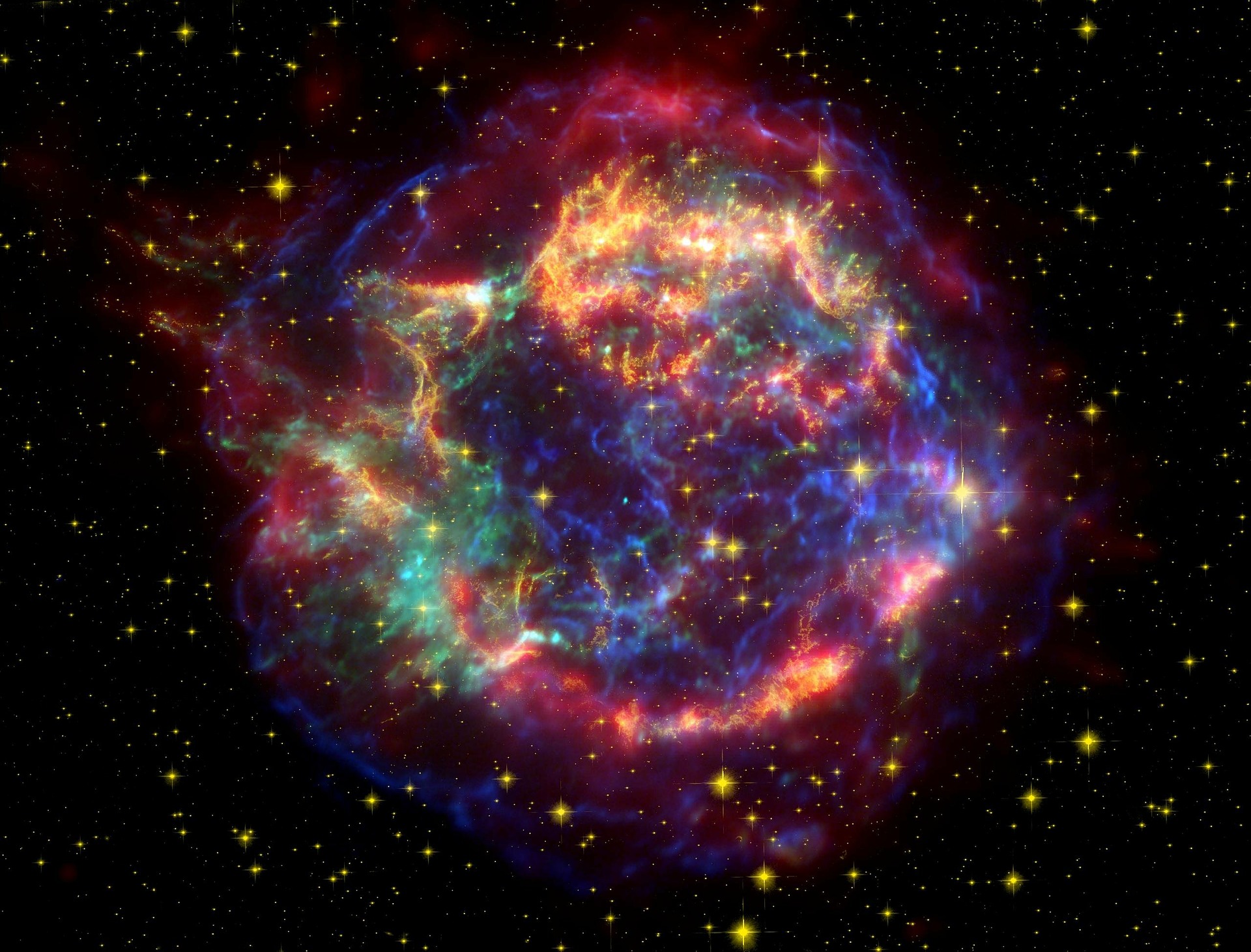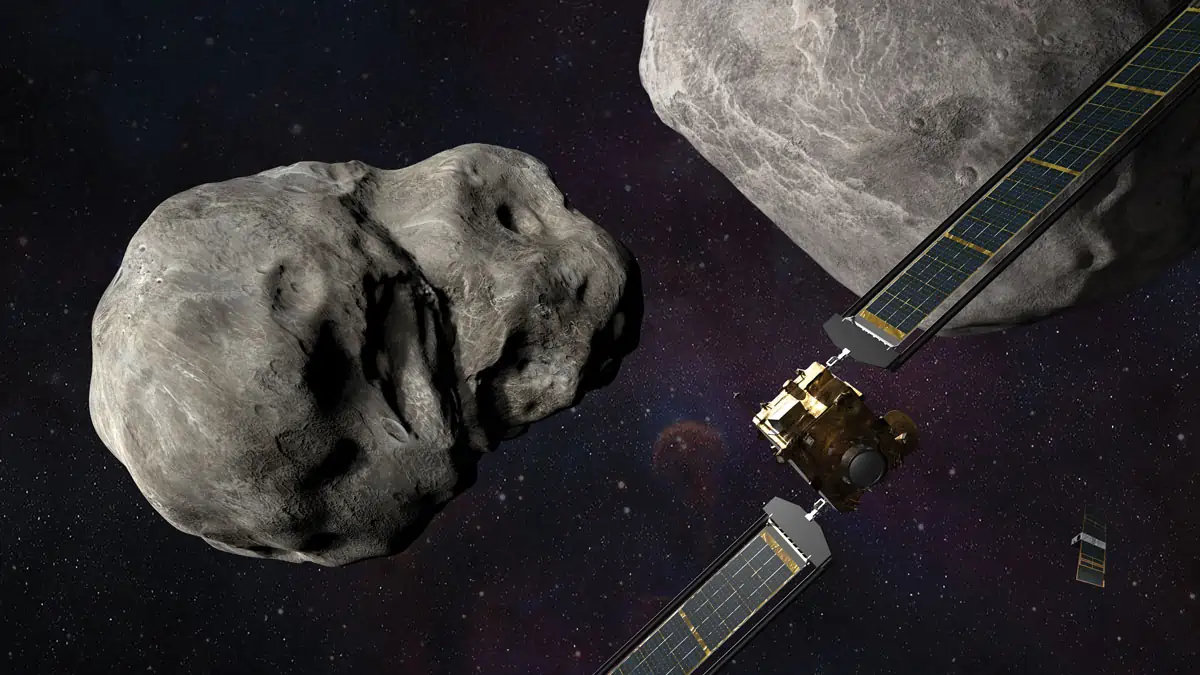Betelgeuse Slowly Recovering After Surface Mass Ejection (SME)
Do you know Mik, astronomers have concluded that Betelgeuse, a red supergiant star, blew its top in a substantial amount in 2019, losing a significant portion of its visible surface and generating a huge Surface Mass Ejection (SME)?
How is it anything new, Rik? Our sun also frequently behaves like this, doesn’t it?
Yes, it does. But they say they have never seen this behavior in a normal star.
You know, they have determined that the Betelgeuse SME released 400 billion times as much mass as a typical Coronal Mass Ejection after analyzing data from NASA’s Hubble Space Telescope and several other observatories (CME). In a CME, our Sun frequently releases pieces of its tenuous outer atmosphere.
The giant star’s 400-day oscillation phase, which astronomers had monitored for more than 200 years, was disrupted by this unheard-of stellar convulsion. Perhaps the interior is now jiggling like a plate of dessert made of gelatin.

These recent findings provide information on how red stars lose mass toward the end of their lives when their nuclear fusion furnaces exhaust, leading to their eventual explosion as supernovae.
And the supergiant star is still slowly recovering from this catastrophic upheaval, according to astronomers.
Oh! I now understand it’s a wonderful event, Rik.
And Mik, astronomers have never witnessed such a large portion of a star’s visible surface get blasted into space, though our Sun does periodically experience coronal mass ejections that eject little pieces of its outer atmosphere into space.
If you want more information, click here, Mik.


